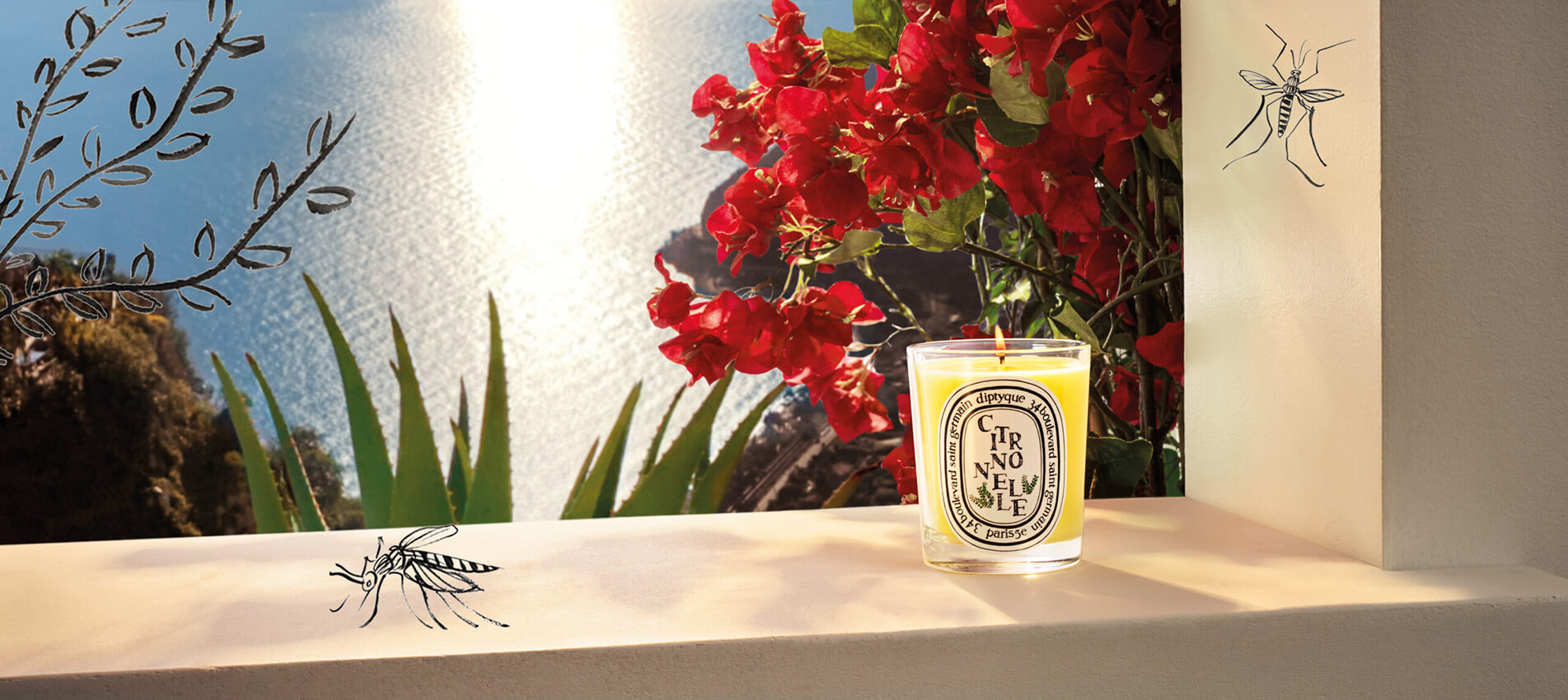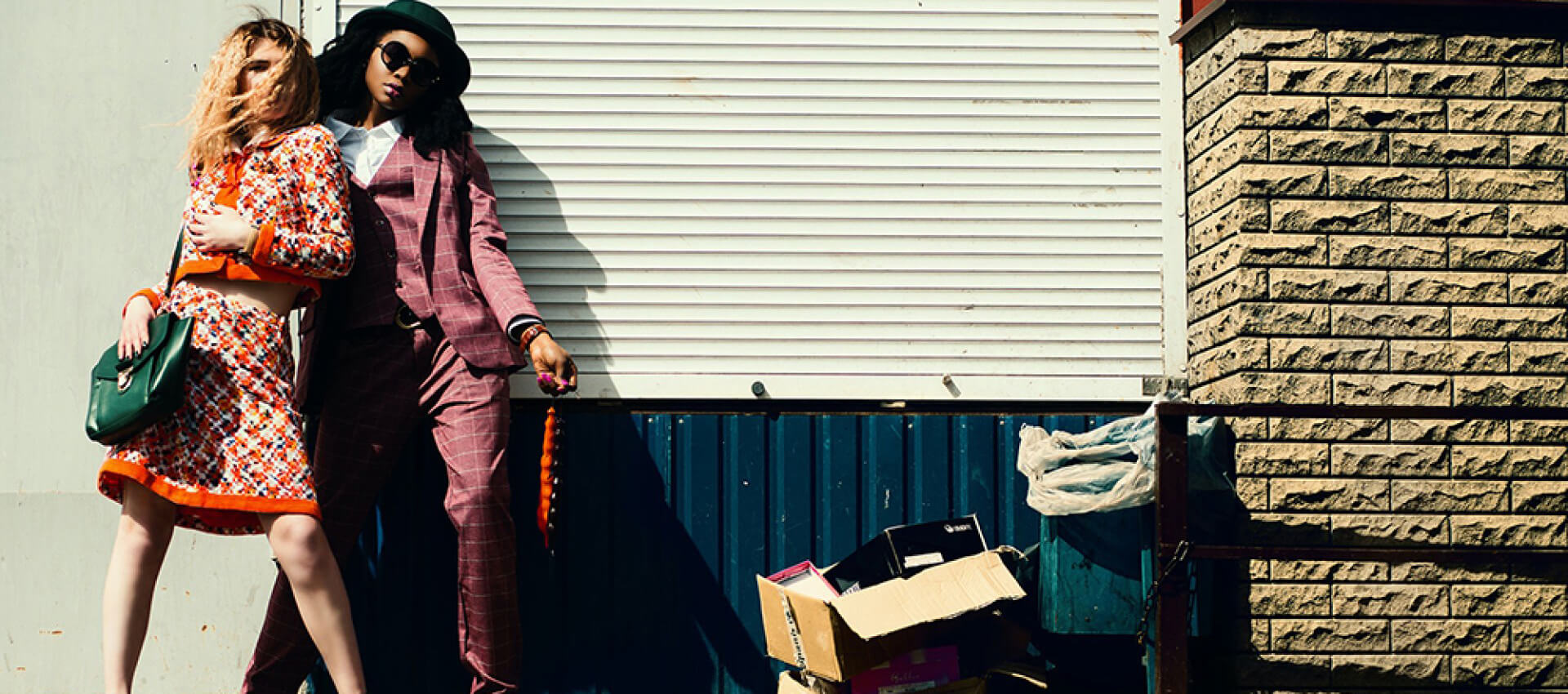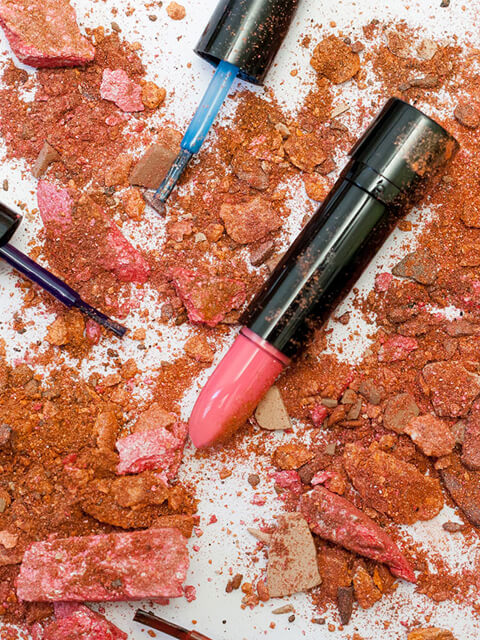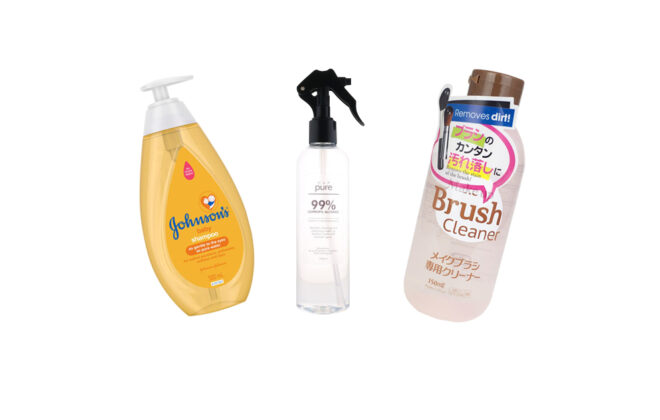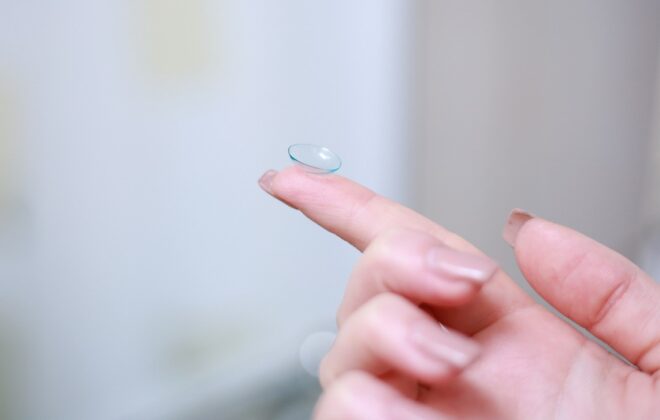A Beginner’s Guide to Urban Farming
When lockdown had been announced in almost every corner of the world due to pandemic, we rushed to grocery stores to get our stock of fruits, vegetables, bread, eggs and other food essentials. No one thought of acquiring jewelry, gold or car— and that’s when it all suddenly hit us that what we need in our lives are in fact grown and found from rich soil, and nurtured by our dear farmers.

While it would be nice to have our own farm, that concept is not always realistic for everyone as we hope it to be. But fret not. You might think that you need swaths of land to grow your own vegetables and fruits. But the truth is, you can start with a pot of soil, a couple of garden scraps and a few seedlings to make your urban farm fantasy come true!
Kick off your very own little cute garden or farm right at your home with these simple tips:
1. Start with pot gardening.
Pot gardening, or container gardening, is the practice of growing plants including edible ones exclusively in containers, instead of planting them in the soil ground.

A pot or container is the general term used in gardening for a small enclosed and usually portable object used for displaying live flowers or plants. It may take the form of a pot, box, tub, pot basket, tin, barrel or hanging basket.
Joni Sanchez, owner of Joni and Susan Agroshop Inc., shared that pot gardening is the best way to start and learn the basics of growing plants, and it is perfect for personal food consumption purposes.
“Pwede ang container for backyard gardening for your personal food consumption. Kung wala kayong lupa sa bahay, siguro naman may wall ang bahay niyo na mapagsasabitan ng pots,” he shared. “Pwede po tayo makabuhay ng vegetables sa pot gardening. One to three weeks, you can have your own vegetables.”
(“Container gardening is perfect for backyard gardening for your personal food consumption. If you do not have soil ground, I would bet you have walls at home where you can hang your pot of plants,” he shared. “You can grow vegetables through pot gardening. In one to three weeks, you can have your own vegetables.”)
2. The secret is in the soil.
“A healthy garden has soil that is a treasure chest,” Sanchez said. The expert said that it is better if you learn to experiment and formulate your own soil that can work for the vegetables you want to grow.

The Agrofarm founder shared his own formulation of rich soil perfect for urban gardening right here:
1 part rice hull
1 part carbonized rice hull
1 part coco peat
1 part vermicast
1 part ordinary soil
= organic mixed soil
“Kapag parang hindi maganda ang tubo ng plants mo, maghalo ka uli ng soil. Magdagdag ka lang ng berkas soil,” he said.
(“If you think your plants are not growing well, reformulate your soil. Add some berkas soil,” he said.)
3. Choose seeds that you really see yourself eating once they grow.
“Choose seeds that taste better fresh when harvested. Consider heirloom, organic and non-genetically engineered seeds,” Sanchez said.

The point of having your own little farm at home is to have easy access to vegetables and fruits that you actually enjoy consuming. Aside from considering your personal food preference, choose seeds that will grow in your area, and seeds that complement each other when you grow them together.
He also advised to keep a record of the growth of your seeds in your little farm. He suggested to start with vegetables that are easy to grow.
“Lettuce, pechay and mustasa– you can harvest in 30 days. While if you want to grow eggplants, you would need bigger containers,” he said.
4. Gardening is a flexible learning experience.

“There are many ways to do it, and there are a lot of things to learn in gardening and farming,” Sanchez said.
While you may use pots to start growing your own veggies, you might also put soil in seedling trays, egg trays or even egg shells. Just poke small holes of about10 to 15mm or 1.5cm to your container of choice. You can also use old plastic bottles and simply punch holes in the lid.
Now here goes the basics.
Put the seeds of your choice in the right environment. Start by placing one to two seeds in each seed cell in your chosen container to make sure that one seed will germinate.
If both seeds end up germinating, discard the weakest looking seedling and keep the best looking one. Create a label where you can put names and dates.
Most seeds don’t need sunlight to germinate. Placing the seeds in a room with a temperature between 15-26 degrees Celsius is a safe bet, but some seeds need special treatment and require very cold or hot temperatures to do well. Do not place them in an open area as birds will eat the seeds.
Wet the organic mixed soil, by using a spray bottle or knapsack sprayer. Do not use hose because it will wash away the seeds. You may need to go back and add organic mixed soil to some cells after they settle down a bit.
Keep growing medium moist. Make sure the moist never get the chance to dry out, or they won’t germinate properly.
Water only when needed, which is usually every morning and every afternoon. Do not overwater the seeds. If they get waterlogged, they won’t grow. Remember to focus on the roots when watering.

Next phase is post-germination, or the process of moving the seedlings to a sunny place.
Different seeds have different days. When you see the first green shoots poke through, move the seedlings to a sunny area. Make sure the room temperature is above 21 degrees celsius, but provide a bright space so they can grow strong and healthy.
Feed the seedlings after a few weeks. Since the growing medium doesn’t contain nutrients, you’ll need to fertilize the seedlings with plant food after they’ve gotten a few inches tall.
Foliar feed should be applied in the early morning before the sun becomes hot or late in the afternoon. Spray plants until you see the mixture dripping. Applying fertilizer directly to a plant’s leaves as opposed to putting it in the soil. A plant takes nutrients through the leaf much quicker than it does through the root and stem.
5. Start your urban farm because of passion.
Probably the best piece of advice you can take is do urban faming with passion.

“Start by having fun with it. Some people are quick to invest in huge lands because they’re thinking of business right away. You should start small. You should develop your passion for urban gardening first. When you see the magic of growing your own food for yourself, then that passion will definitely grow, and you will see the fruits of your passion,” Sanchez concluded.
For more tips on urban farming as well as agricultural products and supplies, you may like and follow the official page of Joni and Susan Agroshop, Inc. on Facebook.






